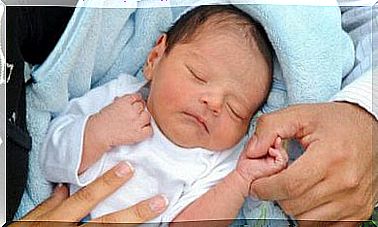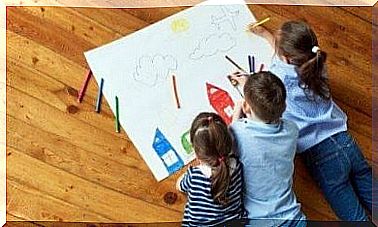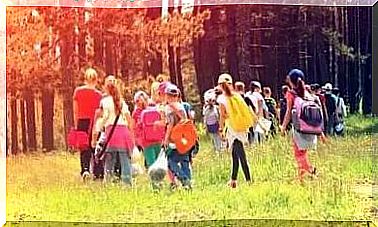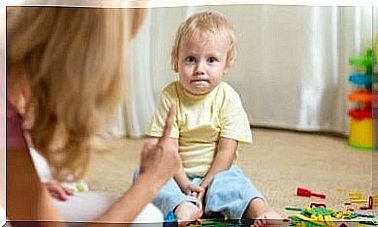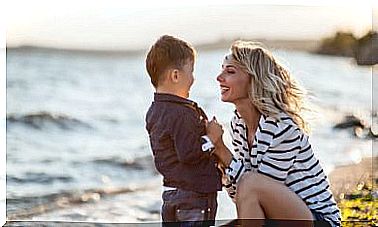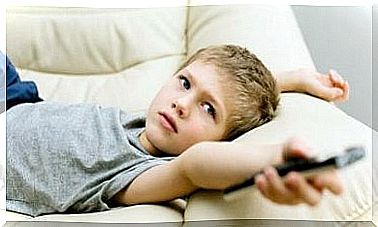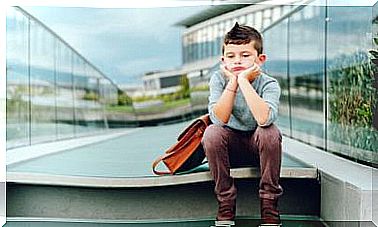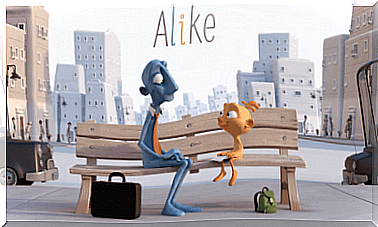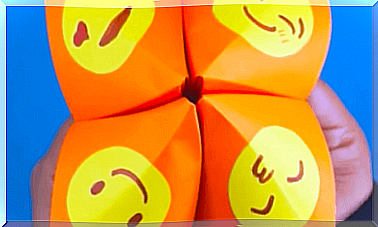Leukemia In Childhood: 12 Important Signs
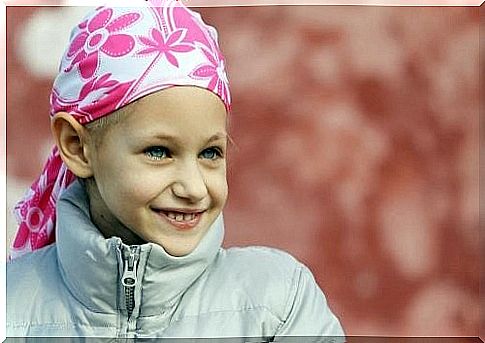
Unfortunately, leukemia is present in the lives of many children today. It is a type of cancer that is most commonly found in children, which is why it is called leukemia in childhood.
Although it is a serious disease, there is treatment available and therefore it is not always a fatal disease. About 2-3000 children, most often aged 3 to 5 years, have been diagnosed with leukemia per country.
Leukemia in childhood affects the formation of white blood cells in the bone marrow. These abnormal cells move through the bloodstream surrounding healthy cells.
As a result, the body’s ability to fight viruses is reduced, which increases the risk of the child getting more infections and other diseases.
Signs of leukemia
It is difficult to diagnose the disease as the symptoms tend to appear slowly (except for acute leukemia where the symptoms are very sudden). The symptoms can also be confused with other common childhood diseases.
The signs of childhood leukemia vary from child to child, so it can be difficult to identify.
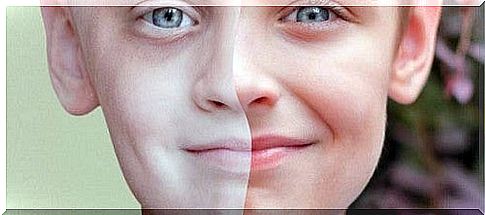
Leukemia cells clump around healthy cells that produce platelets, white blood cells and red blood cells, and then the body begins to run out of them. The leukemia cells spread to other areas of the body, affecting health.
However, the same symptoms can be caused by other diseases. So it is important that you quickly inform your doctor about these signs so that the disease can be treated as soon as possible.
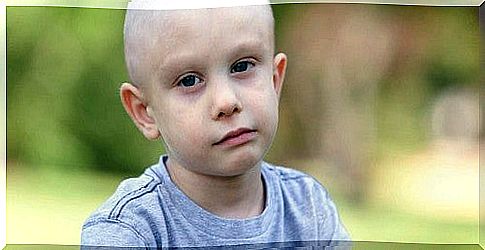
1. Fatigue. The child quickly gets tired due to the anemia caused by the lack of red blood cells. This deficiency can also lead to weakness and pale skin.
2. Fever and infection. The child may have a fever that cannot be cured with ordinary medicine.
3. Bruising and excessive bleeding. As leukemia reduces platelets in the body, the child may have many small, red bumps or bruises all over the skin, which is caused by bleeding from damaged blood vessels. The child may often have nosebleeds and bleeding gums.
4. Pain in bones and joints. Leukemia cells are usually grouped around a joint and around the surface of the bones. Therefore, a child with leukemia will usually complain of pain in the joints and bones.
5. Flatulence. A child with leukemia may also have enlarged or bloated stomachs. It is actually in the liver and spleen that the swelling takes place. It is caused by the leukemia cells that clump together in the liver.
6. Weight loss and decreased appetite. The baby may lose appetite and gradually lose weight due to the enlargement of the liver and spleen. The enlarged area can press on other organs around it, which includes the stomach, and therefore the capacity for food is limited.
Swelling, rash and vomiting
7. Swollen lymph nodes. Lymph nodes often swell when fighting an infection in young children, and their swelling is often a sign of infection. When you have leukemia, the lymph nodes also expand and the swelling appears as small nodules under the skin.
8. Respiratory problems and cough. A child with leukemia may have breathing problems and cough.
9. Closure in the arms and the face. It is a very dangerous signal when swelling occurs in a child’s arms and face as it can be fatal and requires immediate treatment.
10. Cramps, headaches and vomiting. These are signs of advanced leukemia along with blurred vision. This shows that leukemia has already spread to the central nervous system.
11. Bleeding in the gums, as well as rash. When the disease spreads through the skin, it causes a large number of small bumps that look like rashes.
12. Extreme weakness. When the amount of leukemia cells in the body reaches a high number, the blood flow slows down around the small blood vessels in the brain, as leukemia cells make the blood thicker. This leads to extreme fatigue and weakness.
